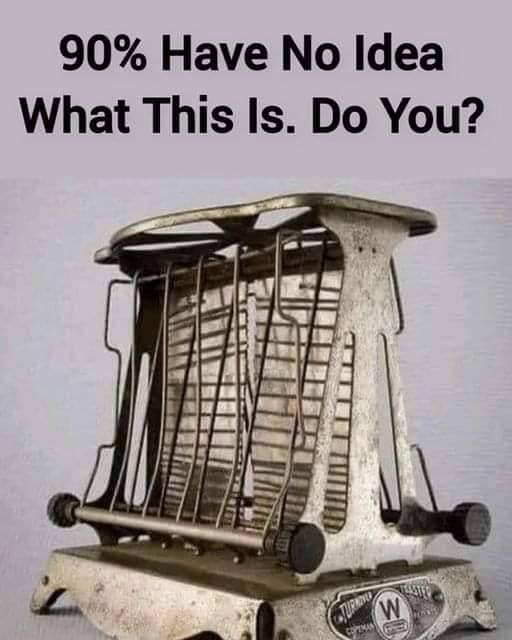ADVERTISEMENT
Remember This Classic Household Item? Here’s Its Fascinating History!
There are a few household items that are so ubiquitous, they often fade into the background of our daily lives. We use them without thinking much about where they came from or how they became so essential. One such item is the humble aluminum foil—the shiny, flexible sheet that wraps our leftovers, covers our baking trays, and even helps us with household cleaning. But behind this everyday item is a fascinating history that spans wars, innovations, and changing needs in the kitchen. Ready to take a trip through time and uncover the origins of aluminum foil? Let’s dive in!
The Origins of Aluminum Foil
Aluminum foil as we know it today was first introduced to the world in the early 20th century, but its story begins much earlier. The origins of aluminum date back to the late 19th century when scientists were first able to extract aluminum from bauxite ore, a key step in making the lightweight metal more accessible.
The first major breakthrough came in 1886 when two inventors, Paul Héroult and Charles Martin Hall, independently developed the Hall-Héroult process for extracting aluminum from bauxite. This process was revolutionary because it made aluminum more affordable and produced in large quantities, opening up new possibilities for its use.
From Metal Sheets to Foil
Before aluminum foil, people used tin foil in a similar way. Tin foil, made from rolled tin, had been used for various purposes, including wrapping food and insulating products, for many years. However, tin foil had a few drawbacks: it was fragile, prone to tearing, and didn’t have the same durability or flexibility as the aluminum version we know today.
In 1910, a company called the American Foil Company began mass-producing aluminum foil, quickly replacing the more brittle and less effective tin foil. Aluminum foil was thinner, stronger, and more versatile than its tin counterpart. It was also more resistant to corrosion and more pliable, making it an ideal material for a wide variety of applications.
By 1926, the Alcoa Aluminum Company (short for Aluminum Company of America) had perfected the process of rolling aluminum into foil. Alcoa was instrumental in promoting aluminum as a superior alternative to tin and soon began manufacturing aluminum foil in bulk. This revolutionized food storage and packaging, offering a cleaner, more effective way to preserve food.
World War II and Aluminum Foil’s Major Role
While aluminum foil was already in use by the 1930s, it wasn’t until World War II that its popularity truly exploded. During the war, aluminum became a vital resource, not just for civilian use, but also for the military. Aluminum was used in the production of planes, tanks, and other wartime equipment. As a result, aluminum foil production was ramped up significantly.
For Complete Cooking STEPS Please Head On Over To Next Page Or Open button (>) and don’t forget to SHARE with your Facebook friends
ADVERTISEMENT
